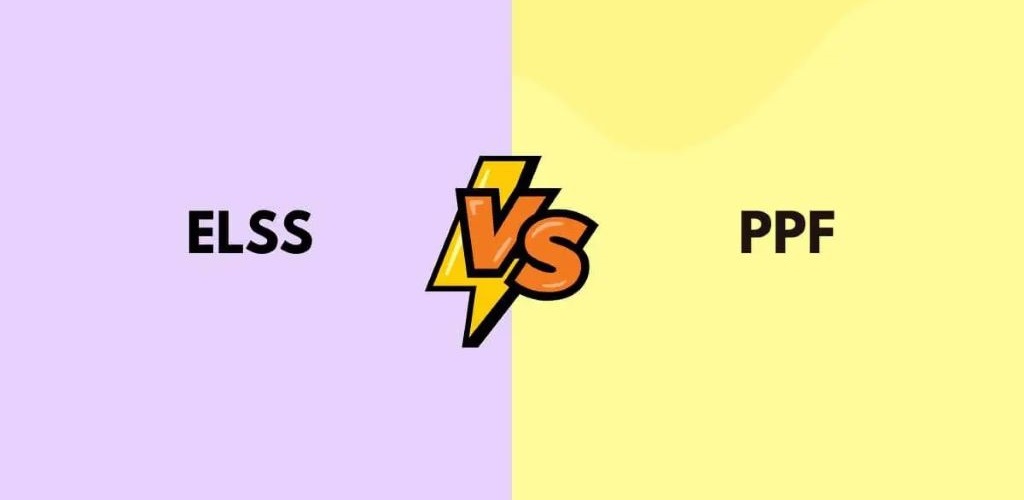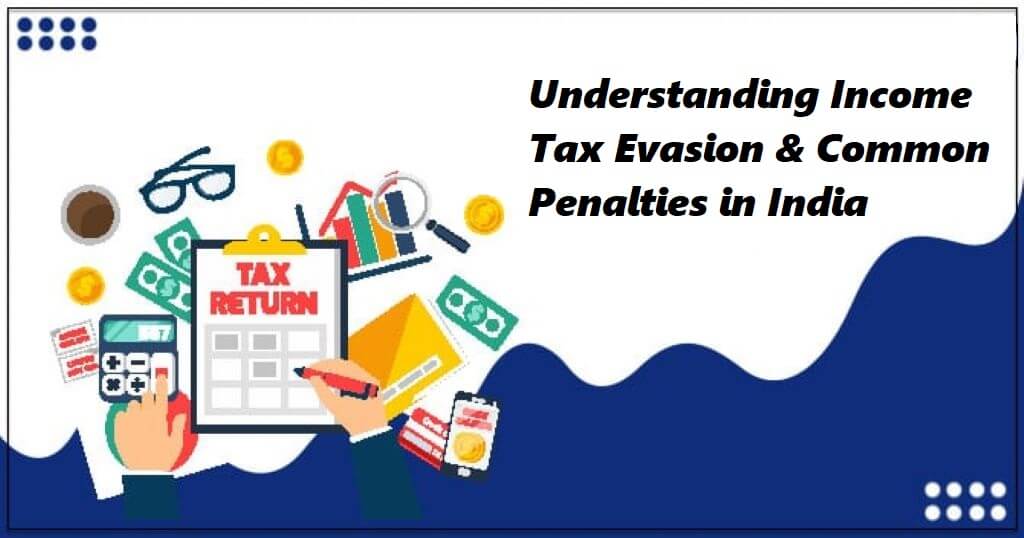Imagine Mr. Adarsh Kumar, planning for retirement with a substantial sum of money. Without proper research, he invests all his savings in a highly volatile investment option. Due to some unexpected market conditions, the investment performs poorly, leading to significant financial losses. This impacts his retirement savings, creating challenges for maintaining a comfortable lifestyle and funding healthcare expenses.
This example illustrates the importance of making the right investment choice since it directly influences financial outcomes and long-term stability. However, investors frequently find it challenging to select the most suitable investment options, and the decisions become even more critical when it comes to savings and retirement investments.
Two popular options in this realm are the ‘Equity Linked Savings Scheme (ELSS)’ and ‘Public Provident Fund (PPF)’, both offering almost similar benefits but differing in various aspects. Let’s conduct a quick analysis of ELSS vs. PPF to help you make a wise choice!
What Is ELSS & PPF?
Before understanding the difference between ELSS and PPF, let’s have a brief look at their definitions!
ELSS:
ELSS, or Equity Linked Savings Scheme, is a special type of mutual fund that primarily deals with equity and equity-related instruments. Similar to other mutual funds, you can invest your money in ELSS all at once (through a lump sum) or regularly through a Systematic Investment Plan (SIP). Even though ELSS is considered a high-risk investment option, it has the potential for higher returns as it mostly invests in the stock market.
PPF:
PPF, or Public Provident Fund, is a government-backed savings plan introduced in 1968 to encourage people to save for retirement. It ensures guaranteed returns and tax benefits under Section 80 C.
PPF typically gives better returns than fixed deposits, making it a good choice to beat inflation. The scheme is available to all Indian citizens except NRIs, and you can also open a joint PPF account for a minor with a parent or legal guardian.
Major Highlights & Benefits Of ELSS
Here are some of the key features and benefits of ELSS:
- Inflation-Beating Returns: When we compare ELSS and PPF in the long run, ELSS funds have the potential to offer higher returns, but they are market-linked and not guaranteed. Examining its historical performance, ELSS has consistently delivered an average annual return of around 12% over 10 years and more. This notable gain becomes evident when compared to the modest 8% returns offered by PPF.
- Higher Diversification: A majority of ELSS funds, i.e., at least 85%, are invested in equity instruments. The remaining are invested in debt instruments, money market securities, gold, etc. This provides investors with exposure to a diversified portfolio of stocks. This higher diversification helps reduce risk and maximize profits.
- Short Lock-In Period: In the ELSS vs. PPF scenario, ELSS has a shorter lock-in period of just 3 years, making it a more liquid option compared to other savings investment options. However, it is not compulsory to liquidate your investments after 3 years. You can stay invested to reap maximum returns.
- Adequate Flexibility: Investors can enjoy the freedom to determine the amount and ways to invest in ELSS, providing options for both lump-sum investments and Systematic Investment Plans (SIPs) based on their convenience. With SIPs, investors can contribute a fixed amount at regular intervals, facilitating a systematic approach to savings that helps them lessen the impact of market volatility.
- Tax Benefits: The ELSS offers compelling tax benefits, making it an appealing investment choice for those seeking to reduce their tax liability. If the long-term capital gains from ELSS investments surpass Rs. 1,00,000 in a financial year, a fixed rate of 10% is levied on the gains exceeding this threshold.
Major Highlights & Benefits Of PPF
Let’s take a close look at some of the key features and benefits of PPF:
Government-Backed:
One of the major differences between ELSS and PPF is that PPF is a government-backed investment scheme in India and ELSS is not. This assures the safety of both the principal amount invested and the interest earned.
The interest rate in PPF is declared by the government and remains fixed for a specific duration. This fixture ensures a consistent and guaranteed return on investment, making PPF a favored choice for individuals seeking a secure and stable investment option.
Long Lock-In Period:
PPF comes with a 15-year lock-in period, signifying that once invested, the amount cannot be withdrawn for 15 years. Nevertheless, there is an option for a premature withdrawal after five years, subject to specific conditions.
This extended lock-in period of 15 years promotes a disciplined and long-term savings strategy. The fixed tenure brings stability and helps investors to plan for the future with ultimate assurance.
Specific Limitations:
There are some specific terms and conditions to open a PPF account in India. They are as follows:
- To maintain fairness, individuals are restricted to owning only one PPF account. This ensures that the benefits and limits associated with PPF accounts are utilized appropriately and consistently.
- Only individuals who are residents of India are eligible to open a PPF account. This includes both salaried and non-salaried individuals.
- NRIs are excluded from opening this account.
- The Hindu Undivided Families (HUFs) do not qualify for a PPF account due to being distinct legal entities.
Suitable For Retirement Planning:
Since PPF combines the benefits of prolonged stability, safety, and tax savings, it emerges as an optimal choice for retirement planning. The 15-year lock-in period, government-backed security, and the growing compounded annual interest, all boost wealth and make PPF a reliable tool for constructing a retirement corpus.
Tax Benefits:
Contributions to a PPF account qualify for a tax deduction under Section 80 C of the Income Tax Act, with a maximum limit of Rs. 1.5 lakhs in a financial year. The interest accrued on the PPF account is entirely tax-free. This status makes PPF a valuable instrument for effective tax planning, particularly for individuals seeking to manage their tax liabilities.
ELSS Vs. PPF: Understanding The Key Differences
| Parameters | ELSS | PPF |
| Nature Of Investment | Equity-Oriented Mutual Fund | Fixed-Income Savings Scheme |
| Minimum Investment | Rs. 500 | Rs. 500 |
| Maximum Investment | No Upper Limit | Rs. 1,50,000 |
| Risk Level | Higher | Lower |
| Returns | Higher | Comparatively Lower |
| Lock-In Period | 3 Years | 15 Years |
| Premature Withdrawal | Not Allowed | Allowed After 5 Years |
| Safety Level | Moderate | Very High (Government-Backed) |
Which Is Better: ELSS OR PPF?
Choosing between ELSS vs. PPF primarily depends on factors such as your financial needs, risk tolerance, and investment objectives. For those seeking high returns and are comfortable with higher risk, ELSS with its short lock-in period might be appealing. On the other hand, if stability and lower risk are priorities, PPF could be a more suitable choice.
It’s crucial to evaluate your financial goals and risk appetite thoroughly before deciding. Seeking advice from a financial advisor, who can offer personalized guidance based on your unique financial situation, is also recommended. Alternatively, you may diversify your investments by choosing both options to get the best of both worlds.








